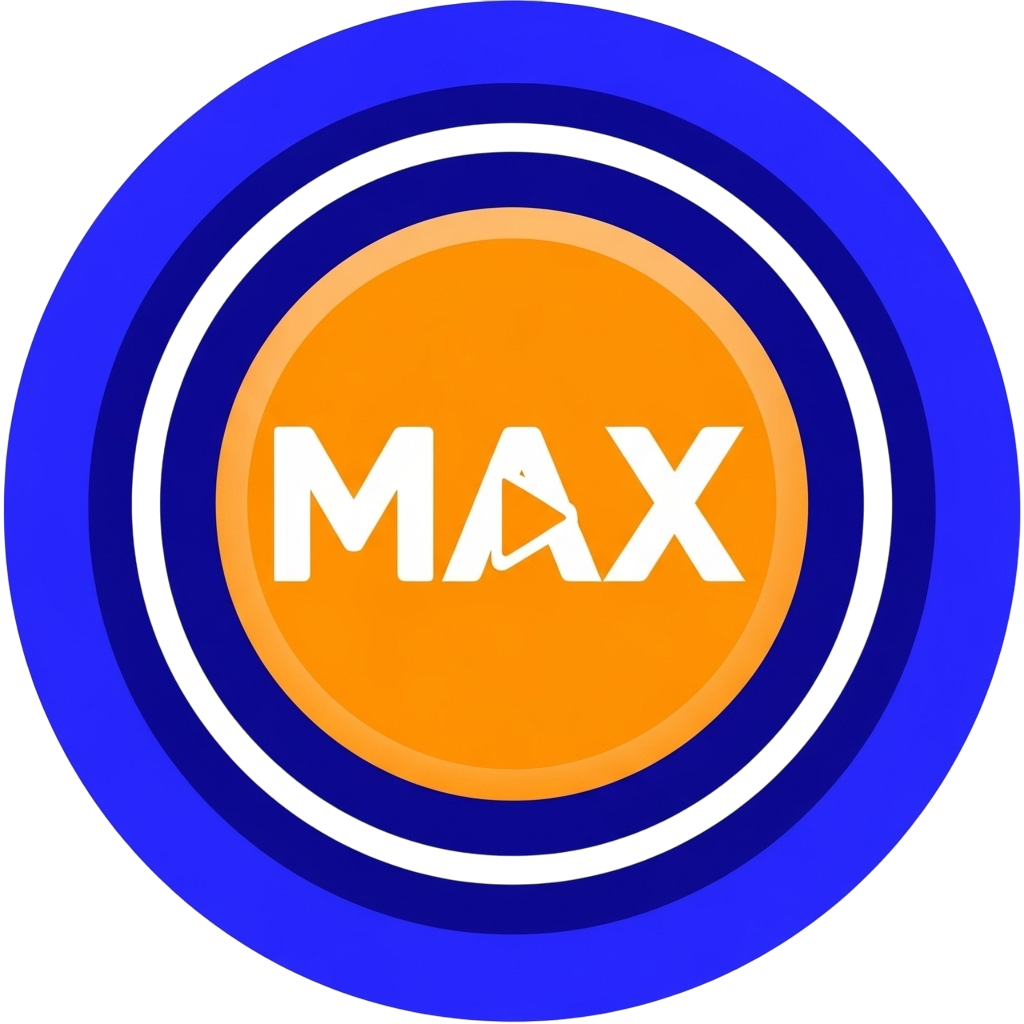The
Godzilla Soundboard is more than just a collection of noises; it is a library of effects dedicated to arguably the most famous monster in cinematic history: Godzilla. At the heart of this soundboard is the creature's iconic, spine-tingling roar. This signature sound is instantly recognizable worldwide, symbolizing immense power, imminent destruction, and the thrilling chaos of a giant monster attack. Its fame transcends genre, making it a staple of pop culture and a versatile tool for humor, emphasis, and dramatic effect across the internet.
Deep Dive into the Atomic Roar: Tracing the Godzilla Soundboard's Heritage
Understanding the soundboard requires first appreciating the sound itself. The power of a great sound effect lies in its original creation, a process that is often fascinatingly analog.
The Analog Secrets Behind the Iconic 1954 Roar
The original roar of the King of the Monsters, featured in the 1954 film Godzilla (Gojira), was a masterpiece of early sound design. Contrary to speculation that it was generated digitally, this sound was created using surprisingly physical methods. Sound designers like Eiji Tsuburaya and Akira Ifukube crafted the sound by dragging a resin-coated leather glove along the thick strings of a double bass (contrabass). This simple yet ingenious technique produced the terrifying, resonant, and truly unique sound that has been sampled and imitated for decades, becoming the foundation for every Godzilla Soundboard.
From Kaiju Classic to Modern Meme: How the Sound Went Global
While the roar has been iconic since the 1950s, a particular meme that drives soundboard usage originated from a 2002 comedy. The phrase and sound often associated with a sudden, comedic moment of panic-"Run! It's Godzilla!"-comes from the film Austin Powers in Goldmember. The scene features two Japanese businessmen reacting to a monster float, with one exclaiming the line before they both run away. The combination of this famous clip and the monster's signature shriek has given the soundboard a strong viral life, particularly in the form of "perfectly cut screams" videos and reaction content.
Mastering the Meme: When to Unleash the King of the Monsters
The effects on a Godzilla Soundboard are typically used to inject dramatic or humorous emphasis into various situations. New users can leverage them effectively in the following contexts:
- Dramatic Entrance: Use the roar to announce the arrival of a friend, a pizza delivery, or even yourself when walking into a room.
- Exaggerated Reaction: Pair the sound with a video clip or image showing a moment of shock, fear, or realization that something truly massive (either literally or figuratively) is about to happen.
- Perfectly Cut Screams: The classic roar often serves as the sudden, loud climax of a short video, abruptly cutting off the action for comedic effect.
- Online Streaming: Gamers and content creators frequently use the atomic breath sound or the stomp effects to emphasize in-game explosions, near-misses, or powerful ultimate attacks.
Experience the Legend and Explore More Sounds on soundboardmax.com
The Godzilla Soundboard captures an essential piece of cinematic history and continues to provide endless creative material for the modern internet. Whether you are using the deep, bass-heavy stomp for emphasis or the full, echoing roar for a dramatic joke, the King of the Monsters always commands attention.
Are you ready to unleash the raw power of kaiju sound design or perhaps prefer something a little more-d'oh? Start your sound journey today on soundboardmax.com, where you can browse legendary sound collections like the
Homer Simpson Soundboard and countless others! Visit us now and find your perfect sound!
